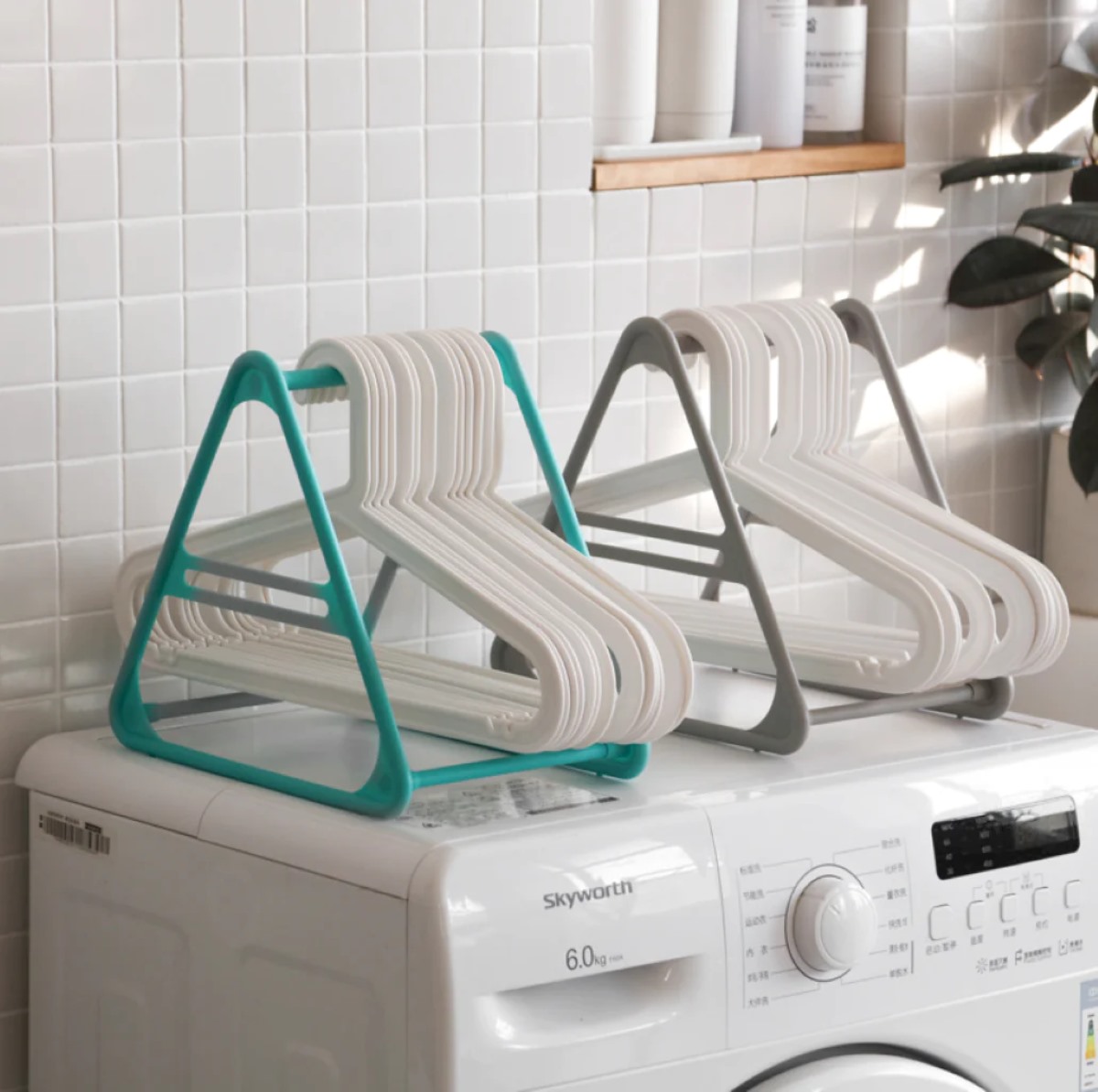

Articles
How To Organize Hangers In Laundry Room
Modified: February 24, 2024
Learn the best tips and tricks for organizing hangers in your laundry room with these helpful articles. Simplify your laundry routine and maximize space efficiency.
(Many of the links in this article redirect to a specific reviewed product. Your purchase of these products through affiliate links helps to generate commission for Storables.com, at no extra cost. Learn more)
Introduction
Welcome to the wonderful world of hangers! While they might not be the most glamorous or exciting household item, hangers play an essential role in keeping our clothes organized and wrinkle-free. Whether you have a small laundry room or a spacious closet, having a well-organized hanger system can make a world of difference in your daily routine.
In this article, we will explore various strategies and tips to help you organize your hangers in the laundry room. From assessing your hanger needs to maximizing vertical space, we will provide you with practical solutions to create a clutter-free and efficient hanger system.
Before diving into the details, take a moment to envision your ideal hanger setup. Do you prefer a specific type of hanger? Are you someone who likes to sort clothes by color? Understanding your preferences and needs will guide you in creating a personalized hanger organization system that fits your lifestyle.
Now, let’s roll up our sleeves and get ready to transform your laundry room into a hanger haven!
Key Takeaways:
- Assess your hanger needs by considering fabric type, garment weight, and quantity. This ensures you choose the right hangers, promoting proper storage and preventing damage to your clothes.
- Maximize vertical space and utilize storage solutions to create an efficient and visually appealing hanger system. From double-hanging rods to labeling and categorizing, these strategies enhance organization and accessibility.
Read more: How To Store Hangers In Laundry Room
Assessing Your Hanger Needs
Before embarking on your hanger organization journey, it’s essential to assess your hanger needs. Take an inventory of the types of clothes in your wardrobe and consider the weight and fabric of each garment. This assessment will help determine the most suitable hanger types for your collection.
For delicate fabrics such as silk or satin, consider using padded or velvet hangers to prevent snagging or stretching. These hangers provide extra support and grip, ensuring your delicate items stay in pristine condition.
If you have a significant number of heavy coats or jackets, opt for sturdy wooden or metal hangers that can bear the weight of the garments without warping or bending. These hangers provide optimal support and durability.
Additionally, consider the size and shape of your clothes. Clothing items with wide necklines or shoulder details may require hangers with broader shoulders to maintain their shape. Narrow-shouldered hangers are ideal for shirts and blouses, while skirt hangers with clips are perfect for pants and skirts.
Lastly, evaluate the number of hangers you need. This will depend on the size of your wardrobe and the volume of clothes you have. It’s a good idea to have a few extra hangers to accommodate new purchases or seasonal wardrobe changes.
By assessing your hanger needs, you can ensure that you choose the right hangers for your clothes, promoting proper storage and preventing any damage or distortion to your garments.
Clearing Out and Sorting
Now that you have assessed your hanger needs, the next step in organizing your hangers is clearing out and sorting your clothes. This process will help you declutter your wardrobe and create a more efficient hanger system.
Begin by emptying your closet or designated clothing storage area. Take each item out and assess its condition, fit, and frequency of use. Ask yourself if the item still brings you joy or serves a purpose in your current lifestyle.
Set aside any items that are damaged, stained, or no longer in style. These can be donated to charity or repurposed into cleaning rags or other household items. Clearing out these unwanted items will make room for a more organized hanger system and prevent clutter from accumulating.
Once you have decluttered, start sorting your remaining clothes into categories. This can be done by season, garment type, or any other classification that makes sense for your wardrobe.
During the sorting process, consider setting aside a separate section for special occasion outfits or sentimental items. These pieces may require specific hangers or additional protection to preserve their quality.
As you sort, take note of the quantity of clothes within each category. This will help you determine how many hangers you will need and how to allocate your hanger space effectively.
Sorting your clothes not only helps you declutter but also makes it easier to find specific items when you need them. With a clear understanding of what you have, you can move on to choosing the right hangers and implementing an organized system.
Choosing the Right Hangers
Now that you have cleared out and sorted your clothes, it’s time to choose the right hangers to support and showcase your garments. The type of hanger you select can make a significant difference in maintaining the shape, condition, and overall appearance of your clothes.
One of the most popular hanger options is the classic plastic hanger. These hangers are versatile, lightweight, and come in various colors. Plastic hangers are suitable for a wide range of garments, including shirts, blouses, and lightweight jackets.
If you want to add a touch of elegance to your hanger collection, consider wooden hangers. These hangers are sturdy and provide excellent support for heavier items such as coats, suits, and dresses. Wooden hangers can also add a sophisticated aesthetic to your closet.
If you are concerned about preventing garment slippage, velvet hangers are an excellent choice. The soft, velvety texture of these hangers helps grip clothing securely, keeping them in place and minimizing creases or wrinkles.
For organizing bottoms such as pants or skirts, hangers with clips or adjustable clamps are ideal. These hangers allow you to hang multiple items on a single hanger, saving space while keeping your bottoms wrinkle-free.
Another option is specialty hangers designed for specific garment types. For example, there are hangers with notches to hang camisoles or tank tops, as well as hangers with extra hooks or loops to hang accessories or belts.
When selecting hangers, ensure they are the appropriate size for your clothing. Hangers that are too big or too small can stretch or distort your clothes. Aim for hangers that provide enough width to support the shoulders of your garments without causing them to stretch or lose their shape.
Ultimately, the right hangers will depend on your specific needs and preferences. Consider the type of clothes you have, their weight, and the aesthetic you want to achieve in your closet. By choosing the right hangers, you are setting the foundation for an organized and visually appealing hanger system.
Utilizing Storage Solutions
Now that you have chosen the right hangers for your clothes, it’s time to focus on utilizing storage solutions to optimize the space in your laundry room. Whether you have a small closet or a dedicated laundry area, implementing smart storage solutions can make a significant difference in your hanger organization.
An excellent starting point is using vertical space efficiently. Install hooks on walls or the back of doors to hang items such as handbags, scarves, or belts. This frees up valuable hanger space and keeps these accessories easily accessible.
If you have limited floor space, consider purchasing a hanging organizer. These organizers typically have multiple compartments or pockets, providing convenient storage for shoes, hats, or smaller accessories. Hanging organizers can be placed on the inside of your closet door or on a separate clothing rack.
Maximize the space beneath your hanging clothes by incorporating storage bins or baskets. These storage solutions are perfect for storing items such as sweaters, folded t-shirts, or seasonal accessories. Use labels or transparent bins to easily identify the contents and maintain a tidy and organized look.
If you have shelves in your laundry room, utilize them for additional storage. Folded clothes or items that don’t require hanging, such as jeans or sweatshirts, can be neatly placed on shelves. Consider using dividers or baskets to separate different categories and prevent items from toppling over.
For ultimate space-saving solutions, consider investing in retractable or foldable clotheslines. These can be installed on walls or within cabinets, providing a convenient spot to hang clothes for drying or temporary storage.
Remember, the key to effective storage solutions is to maximize every inch of available space. Analyze your laundry room layout and identify areas that can be utilized creatively for additional storage capacity.
By incorporating these storage solutions, you can create a well-organized and efficient hanger system in your laundry room. Not only will this save you time when picking out clothes, but it will also create a visually appealing and clutter-free environment.
Read more: What Is A Laundry Room
Organizing Hangers by Type
One effective way to enhance the organization of your hangers is to categorize them by type. This method allows for easy access and ensures that you can quickly find the most appropriate hanger for each garment. Here are some tips to help you organize your hangers by type:
Group Similar Hangers: Begin by grouping similar hangers together. For example, place all your plastic hangers in one section, wooden hangers in another, and velvet hangers in another. This grouping will help you easily locate the desired hanger type when needed.
Divide by Purpose: Within each hanger type category, further divide them based on their specific purpose. For instance, have a section for regular plastic hangers, another section for shirt hangers, and another for skirt hangers or pants hangers with clips. This level of organization ensures that you can quickly identify the most suitable hanger for each garment.
Consider Frequency of Use: Additionally, you can organize your hangers based on the frequency with which you use them. Keep your most frequently used hangers easily accessible, while allocating less accessible spaces for hangers used less frequently. This method allows you to streamline your hanger selection process.
Labeling: To take your hanger organization to the next level, consider labeling different sections or categories. This can be done by attaching small tags or placing sticky labels on shelves or specific sections. Labeling not only adds a professional touch but also ensures that you and others can easily identify and locate the desired hanger type.
Organizing your hangers by type not only saves time, but it also contributes to the overall aesthetics of your laundry room or closet. With a well-structured system in place, you’ll have a clear understanding of the available hanger options, making it easier to maintain an organized and visually appealing wardrobe.
Use a hanging rod or hooks to keep hangers organized in the laundry room. This will help prevent them from getting tangled and make it easier to grab one when needed.
Arranging Hangers by Color
If you’re someone who appreciates visual harmony and enjoys a color-coordinated space, arranging your hangers by color can be a pleasing and practical organizational method. Not only does arranging hangers by color add an aesthetic appeal to your laundry room or closet, but it also facilitates easy identification of garments based on their hues. Here’s how you can effectively arrange your hangers by color:
Sort Garments by Color: Start by sorting your clothes according to their color groups. Place all your white garments together, followed by shades of neutrals, pastels, and then vibrant colors. Additionally, you can have a separate section for black garments.
Separate Different Hanger Types: Once you have sorted your clothes, separate them into different hanger types. For example, you might have wooden hangers for your black garments, plastic hangers for your pastels, or velvet hangers for your whites. This adds an extra layer of organization within the color arrangement.
Create a Gradual Transition: When arranging hangers by color, consider creating a gradual transition from one shade to another. For instance, start with lighter shades at one end and gradually move towards darker shades. This creates a visually pleasing and cohesive flow within your wardrobe.
Balance the Visual Spectrum: If you have a wide range of colors in your wardrobe, you can arrange them in a way that creates a balanced visual spectrum. Consider placing complementary colors next to each other or arranging them in a way that creates a visually appealing pattern.
Use Color-Coded Labels: To take your color arrangement one step further, consider using color-coded labels or tags to identify different sections. This adds clarity and consistency to the organizational system, making it easy to locate specific colors.
Arranging hangers by color allows you to quickly locate and select garments based on your color preferences. It adds a touch of aesthetic appeal to your laundry room or closet while creating a visually pleasing and well-organized space. Whether you’re a fashion enthusiast or simply enjoy a visually harmonious environment, arranging hangers by color is a practical and satisfying organizational method to consider.
Maximizing Vertical Space
When organizing your hangers in the laundry room, it’s important to make the most of your available vertical space. Utilizing vertical space effectively not only allows you to optimize your storage capacity but also creates a visually appealing and well-organized hanger system. Here are some strategies to help you maximize vertical space:
Install a Double-Hanging Rod: Consider installing a double-hanging rod in your closet or laundry room to instantly double your hanging space. This allows you to separate clothes by type or season, keeping them easily accessible while maximizing vertical space. Use one rod for shorter items like shirts and blouses, and the other for longer items like dresses or coats.
Utilize Overhead Space: Take advantage of any overhead space in your laundry room by installing shelves or hanging storage units. These can be used to store items like hats, purses, or folded clothes. Additionally, you can use hooks or hangers to hang items like ironing boards, spray bottles, or even drying racks, keeping them off the floor and out of the way.
Invest in Space-Saving Hangers: There are various types of space-saving hangers available that can help maximize vertical space. For example, cascading hangers allow you to hang multiple garments vertically, saving valuable horizontal space. S-shaped hangers can also be used to hang multiple pairs of pants or skirts on a single hanger, further optimizing vertical space.
Utilize Wall-Mounted Racks and Hooks: Install wall-mounted racks or hooks to hang clothes or accessories that you frequently use or plan to wear. This not only saves valuable floor or closet space but also allows you to display your favorite items in a stylish and organized manner.
Consider Hanging Storage Bags: Hanging storage bags or organizers can be hung behind the door or on a dedicated rod to store shoes, scarves, or other accessories. These bags typically have multiple pockets or compartments, allowing you to make efficient use of vertical space while keeping items easily accessible.
Use Tension Rods: A tension rod can be installed horizontally in your laundry room or closet to create additional hanging space. Hang lightweight items like belts, ties, or even small storage bins from the tension rod, effectively utilizing vertical space and keeping items organized.
By implementing these strategies, you can maximize the vertical space in your laundry room, effectively utilizing every inch of available area. This not only creates a more efficient and organized hanger system but also frees up floor space for other storage solutions or activities within your laundry room.
Labeling and Categorizing Hangers
To further enhance the organization of your hangers in the laundry room, labeling and categorizing them can be incredibly helpful. By clearly identifying different sections or categories, you ensure that each hanger has a designated place and can be easily located. Here are some tips to effectively label and categorize your hangers:
Section Dividers: Use section dividers or separators to create distinct categories for different types of hangers. For example, you can have separate sections for wooden hangers, plastic hangers, velvet hangers, or hangers with clips. This enables you to visually differentiate between the various hanger types and find the ones you need effortlessly.
Color-Coded Labels: Consider using color-coded labels to identify different sections or categories of hangers. Assign a specific color to each category and apply labels accordingly. This not only adds a visually appealing element to your organization system but also makes it easier to identify and locate specific hangers at a glance.
Clear Label Holders: Attach clear label holders or adhesive pockets to shelves or hanger racks to display labels. This allows you to easily change or update the labels as needed. Write or print labels with category names, such as “Shirts,” “Pants,” or “Dresses,” and slide them into the label holders for clear and consistent categorization.
Alphabetical or Numerical Order: If you have an extensive collection of hangers, you may want to consider organizing them in alphabetical or numerical order. This method makes it even easier to locate specific hangers based on garment or category names. Attach labels with alphabetical or numerical identifiers to each section or group of hangers, guiding you to the desired location quickly.
Include Special Sections: Create special sections or categories for specific items, such as formal or seasonal attire. Use labels to mark these sections accordingly, making it convenient to locate and access those specific hangers when needed.
Consistent Labeling System: To maintain a cohesive and organized look, establish a consistent labeling system throughout your laundry room. Ensure that labels are of the same size, font, or style and placed uniformly across different sections. This attention to detail enhances the overall aesthetic appeal of your hanger organization.
By incorporating labeling and categorization into your hanger system, you create a more structured and efficient approach to finding and utilizing your hangers. With clear and consistent labels, you and others in your household can easily navigate through the hanger sections, saving time and ensuring that every hanger is returned to its designated spot.
Read more: How To Soundproof Laundry Room
Maintaining Order and Cleaning Tips
Once you’ve successfully organized your hangers in the laundry room, it’s important to implement strategies to maintain order and cleanliness. By incorporating these tips into your hanger system routine, you’ll ensure that your hangers and the surrounding area stay neat and functionality is optimized:
Regular Inspections: Set aside time periodically to inspect your hanger system. Check for any broken or damaged hangers that need to be replaced. Additionally, assess the organization and make adjustments if needed. Regular inspections help prevent clutter and ensure the system remains efficient.
Rotate Seasonal Items: As seasons change, rotate your clothing accordingly. Store out-of-season garments in a separate area or vacuum-sealed bags to free up space and keep your hanger system organized. This also helps prevent overcrowding and makes it easier to find and access current season clothes.
Keep Hangers Clean: Regularly clean your hangers to maintain their quality and prevent dirt or dust accumulation. Plastic hangers can be washed in warm soapy water, wooden hangers can be wiped with a damp cloth, and velvet hangers can be gently spot-cleaned. Keeping your hangers clean preserves their functionality and appearance.
Return Hangers to Designated Spots: Encourage the habit of returning hangers to their designated spots after use. This ensures that your hanger system stays organized and prevents hangers from becoming misplaced or lost. Reinforce this habit with all household members to maintain order and consistency.
Donation or Discard: Regularly assess your clothing collection and hangers, identifying items that are no longer needed or fit your style. Donate or discard those items to free up hanger space and keep your system optimized. This prevents unnecessary clutter and allows for smoother hanger organization.
Utilize Hanger Storage: To prevent tangling or misplacement, utilize hanger storage solutions when not in use. Foldable or stackable hanger storage boxes or bags can keep spare hangers neatly stored and easily accessible when needed.
Clean the Surrounding Area: In addition to cleaning the hangers themselves, regularly clean the surrounding area of your hanger system. Dust shelves, vacuum the floor, and wipe down any surfaces. A clean and organized space enhances the overall appearance and functionality of your hanger system.
Maintain Consistency: Lastly, maintain consistency in your hanger system routine. Regularly follow the organizational structure you’ve established, return hangers to their designated spots, and consistently implement cleaning and maintenance practices. These habits will ensure that your hanger system remains efficient and enjoyable to use.
By incorporating these maintenance and cleaning tips into your hanger system routine, you’ll ensure that your laundry room stays organized and your hangers remain in optimal condition. With ongoing care and attention, your hanger system will continue to serve as a functional and visually appealing element of your home.
Conclusion
Congratulations! You have now acquired a wealth of knowledge on how to organize your hangers in the laundry room. By applying the strategies and tips discussed in this article, you can create a well-structured and efficient hanger system that not only keeps your clothes organized, but also enhances the overall aesthetics of your laundry room or closet.
Assessing your hanger needs, clearing out and sorting your clothes, choosing the right hangers, utilizing storage solutions, organizing hangers by type and color, maximizing vertical space, labeling and categorizing hangers, and maintaining order and cleanliness are all key components of an effective hanger organization system.
Remember to tailor these strategies to fit your own preferences and needs. Every organization system is unique, and what works for one person may not work for another. Experiment, be creative, and find the methods that work best for you.
Organizing your hangers not only saves you time and frustration when searching for clothes, but it also helps to prolong the lifespan of your garments. By providing proper support and care, your clothes will maintain their shape and condition, making you feel confident and polished every time you wear them.
Lastly, don’t forget to regularly maintain and update your hanger system. Conduct routine inspections, clean your hangers, and always strive for consistency. These habits will ensure that your hanger system remains functional, efficient, and visually pleasing in the long run.
So go ahead and embark on your hanger organization journey. Enjoy the process of transforming your laundry room into a well-organized and visually appealing space where your clothes hang neatly and are easily accessible. Happy organizing!
Frequently Asked Questions about How To Organize Hangers In Laundry Room
Was this page helpful?
At Storables.com, we guarantee accurate and reliable information. Our content, validated by Expert Board Contributors, is crafted following stringent Editorial Policies. We're committed to providing you with well-researched, expert-backed insights for all your informational needs.
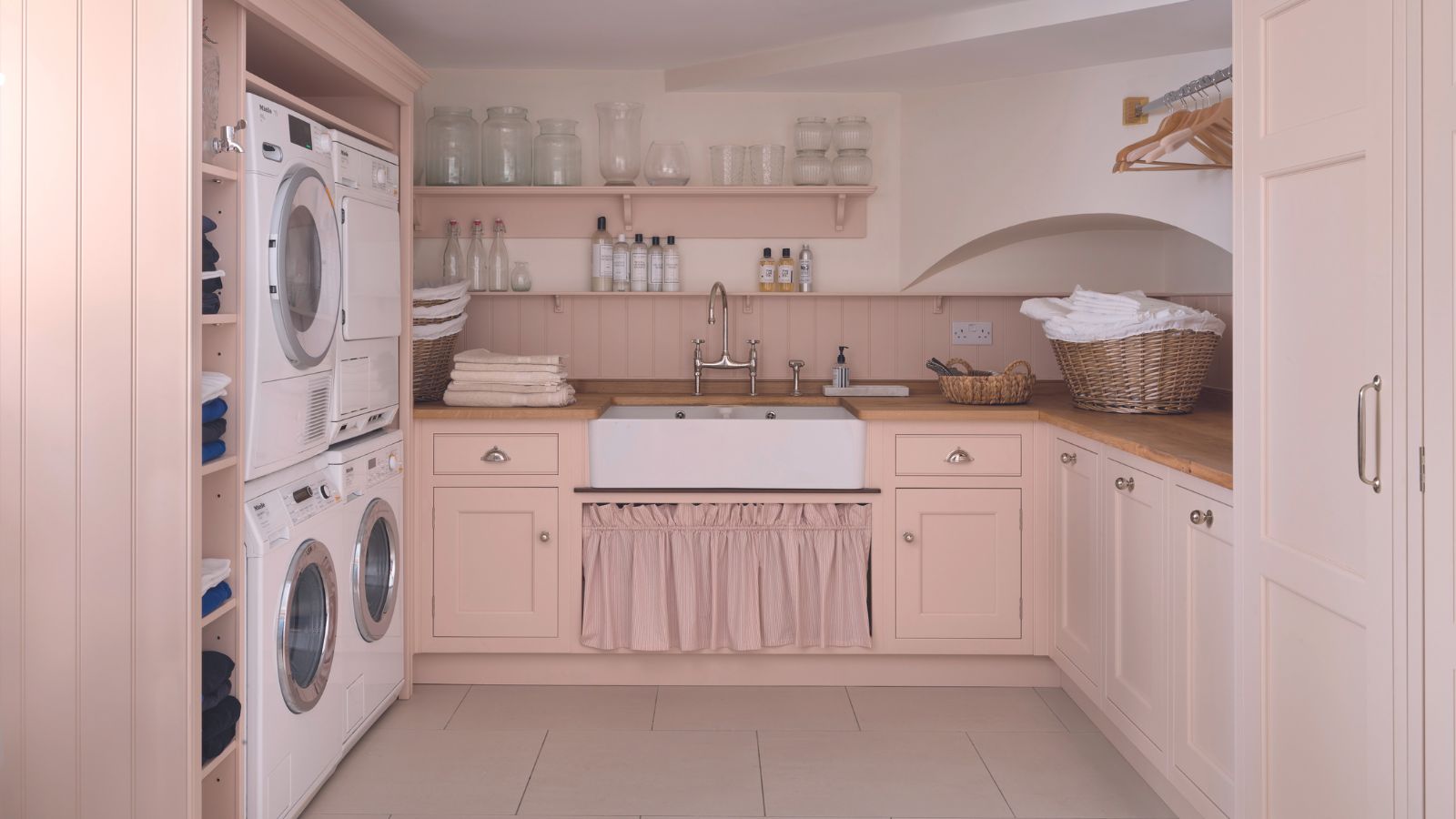
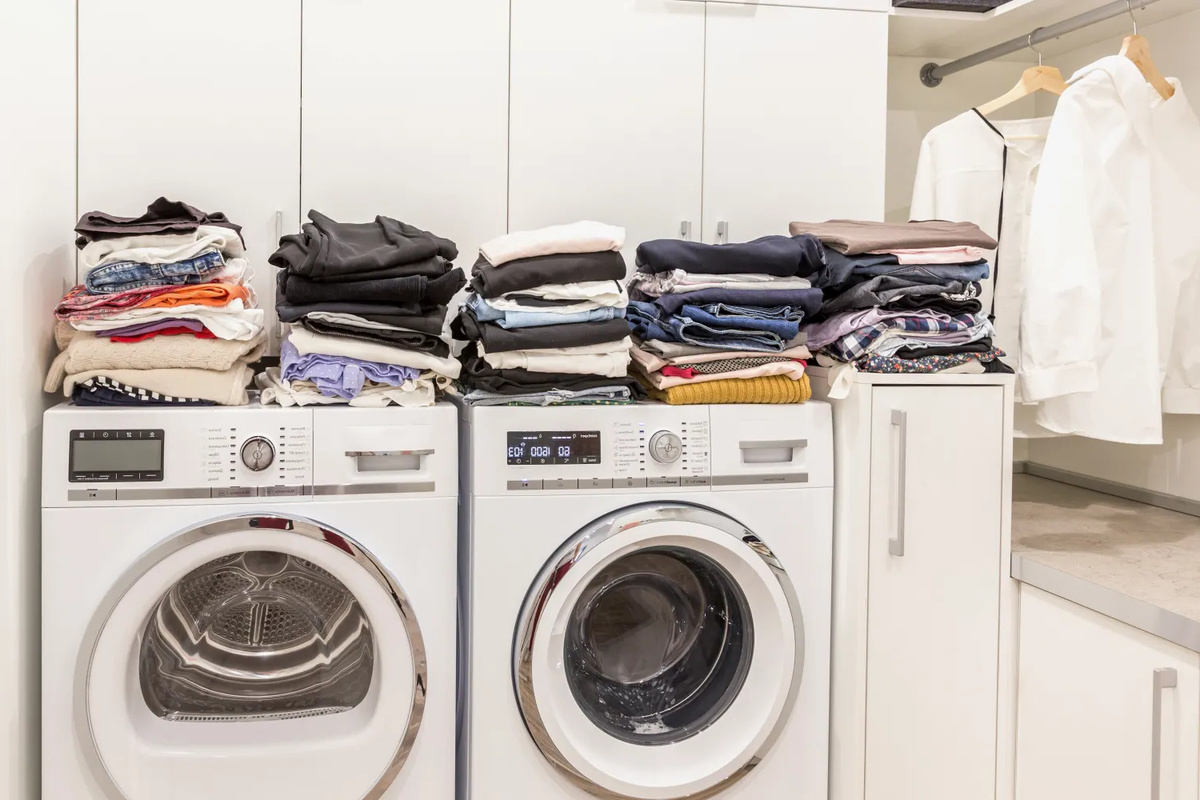
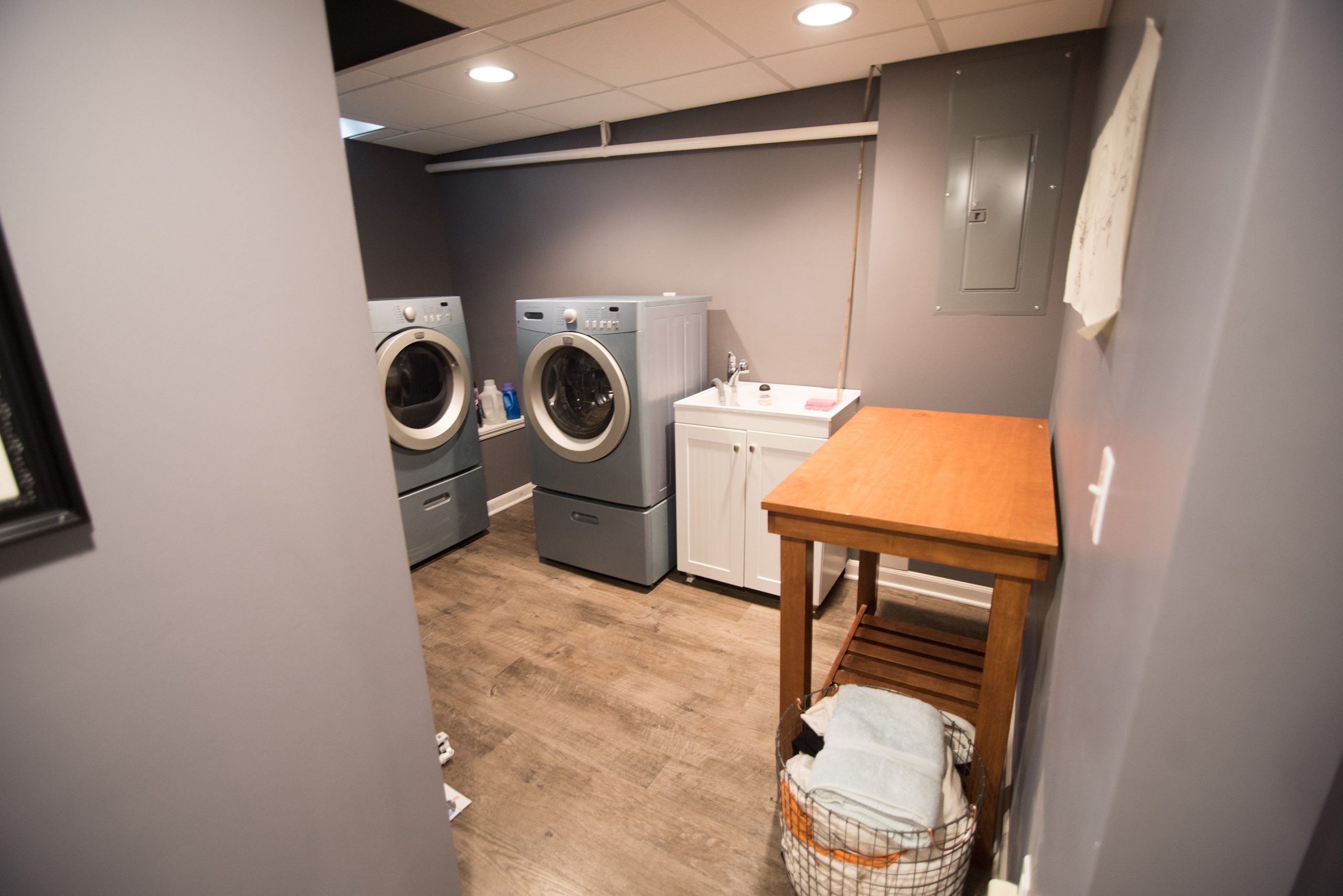
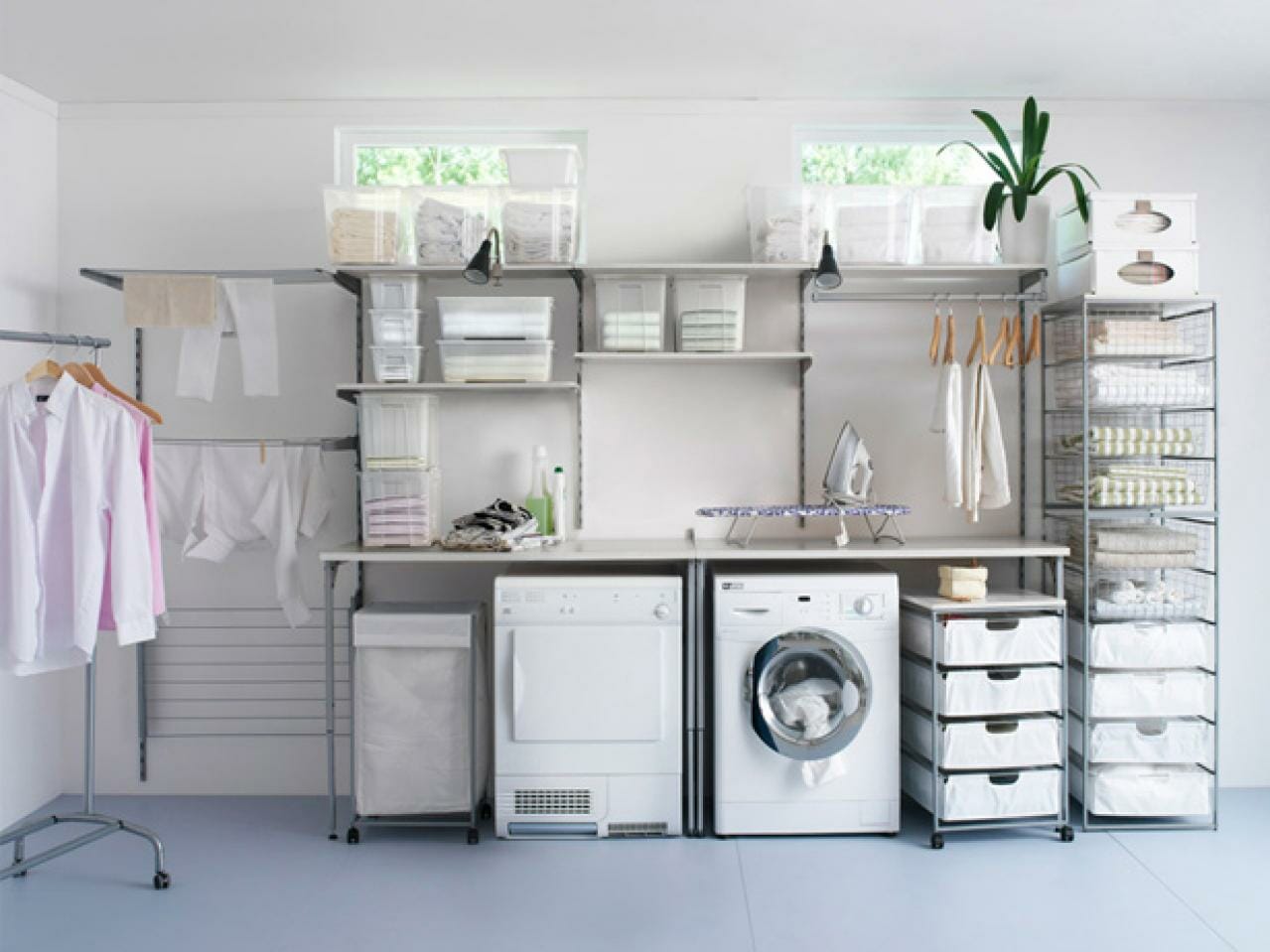
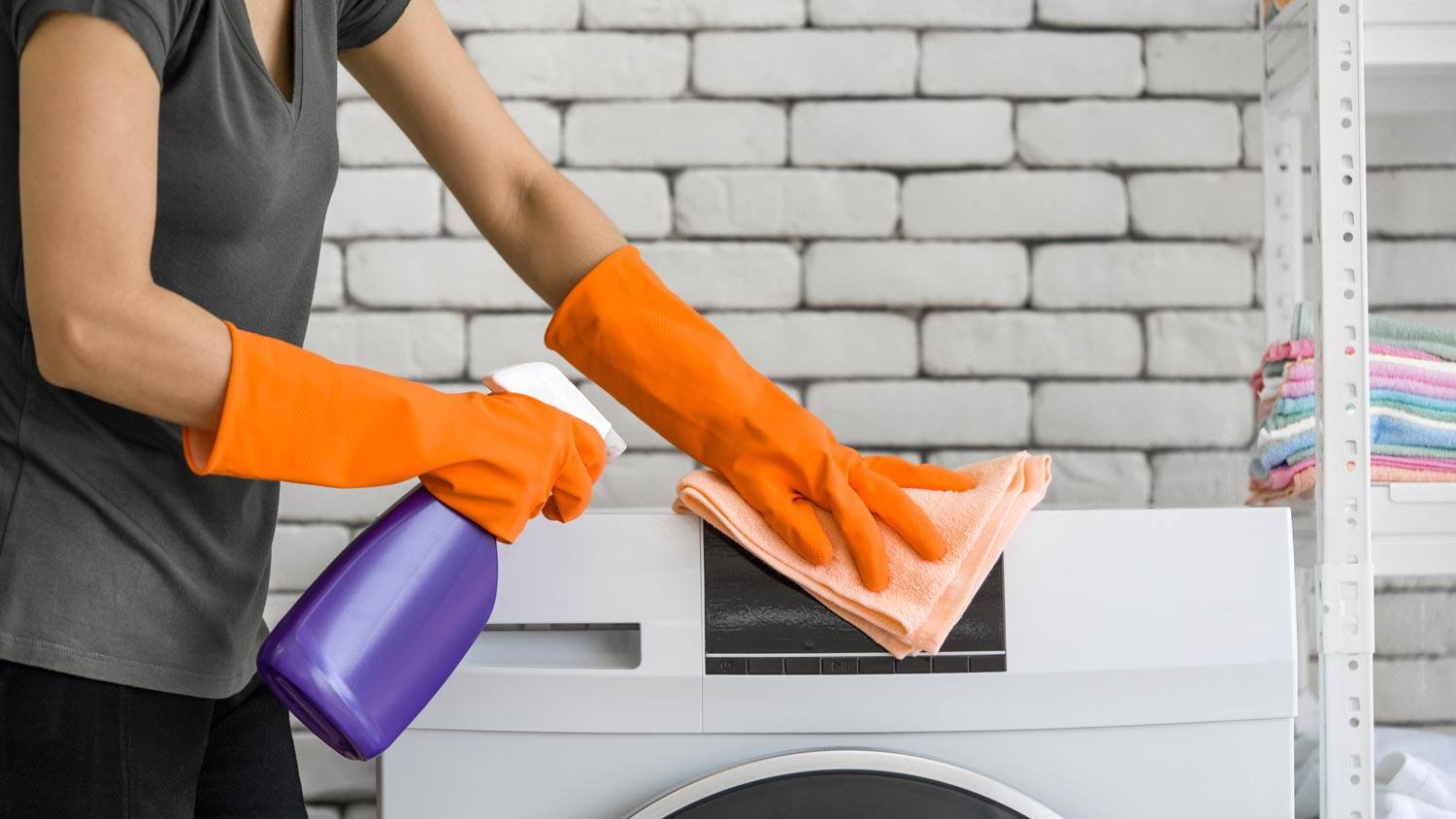
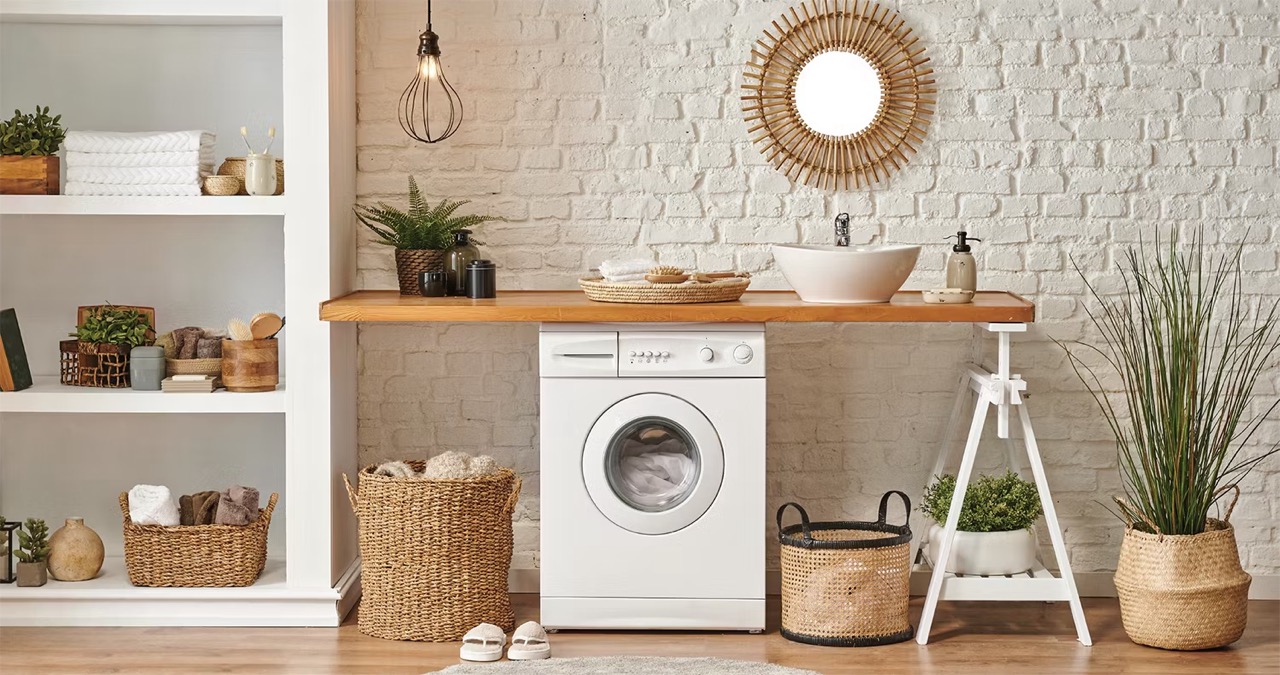
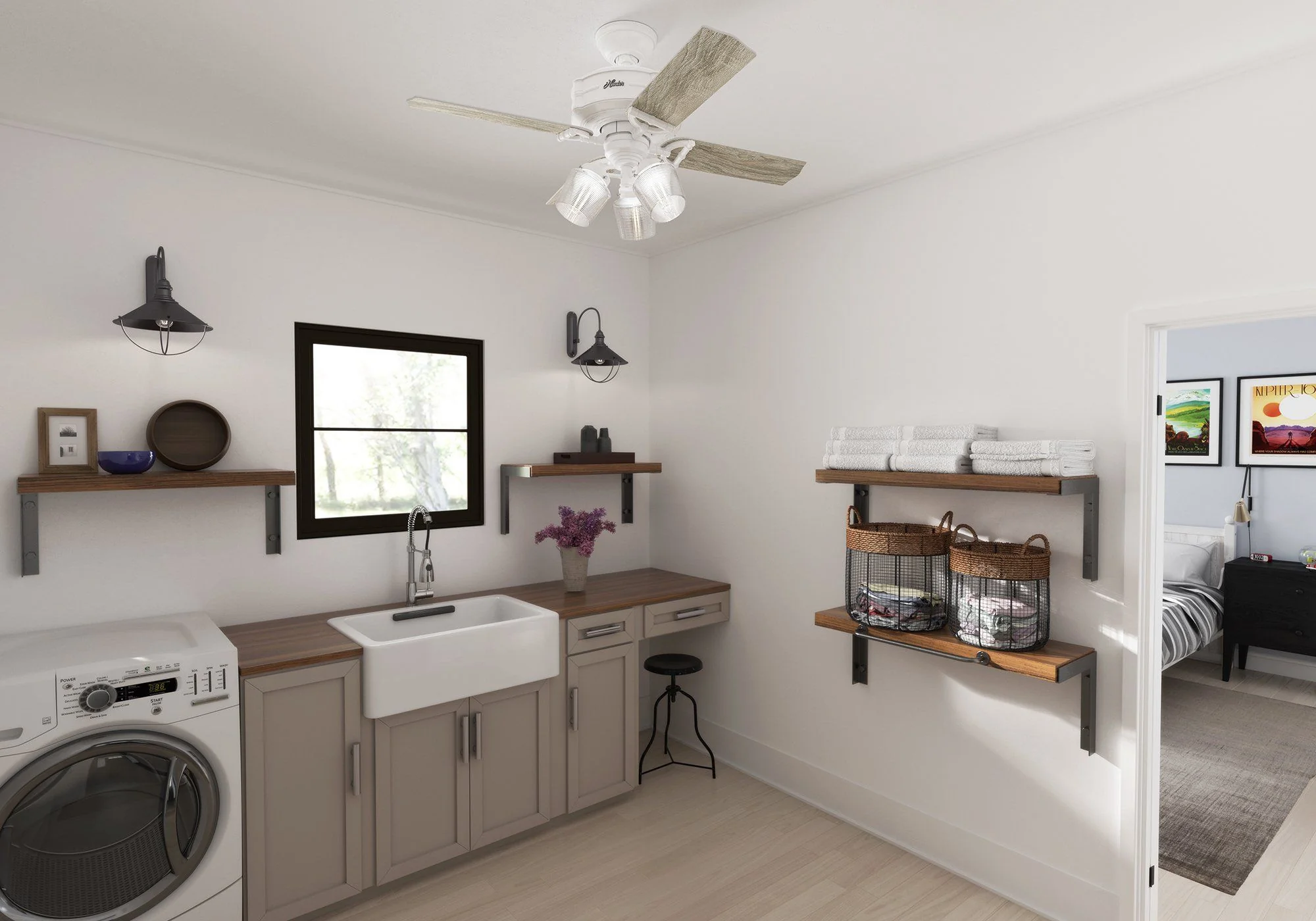
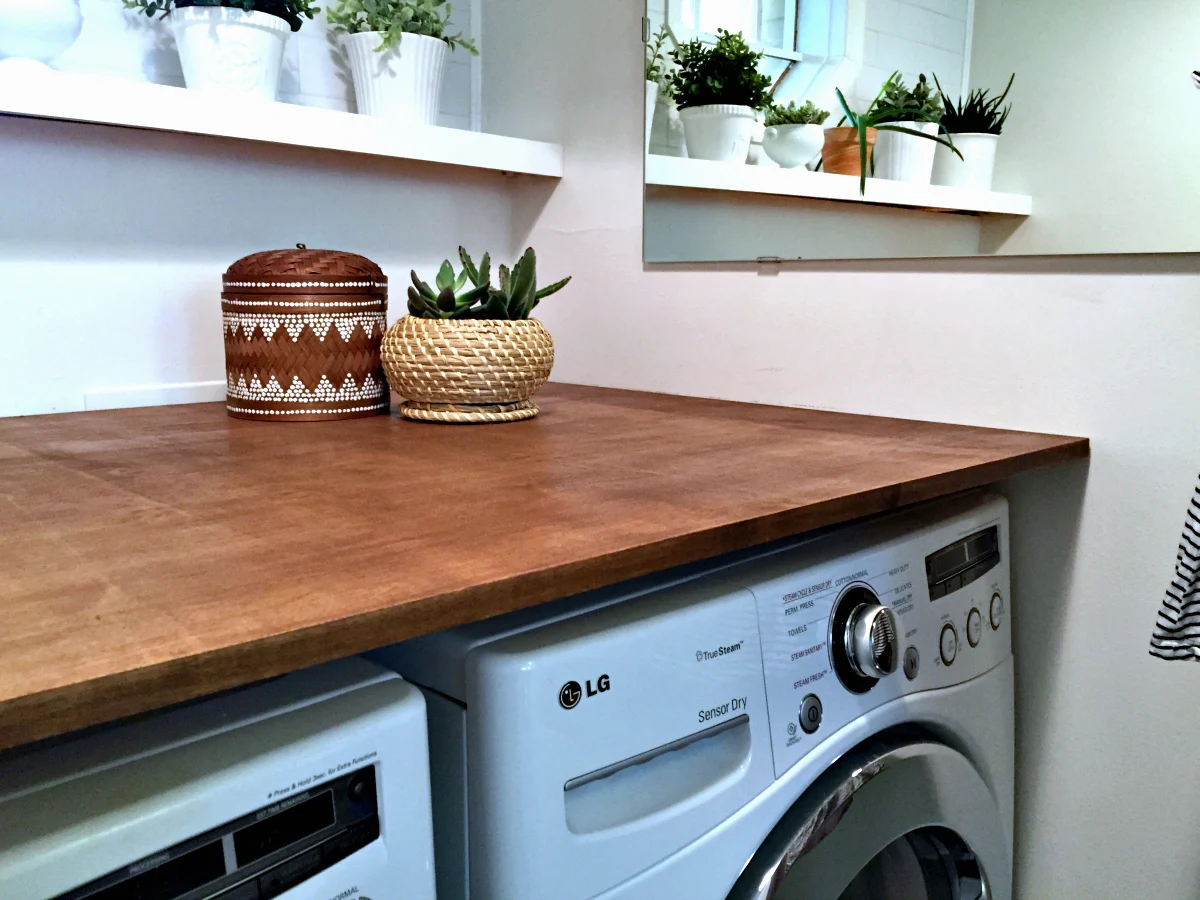
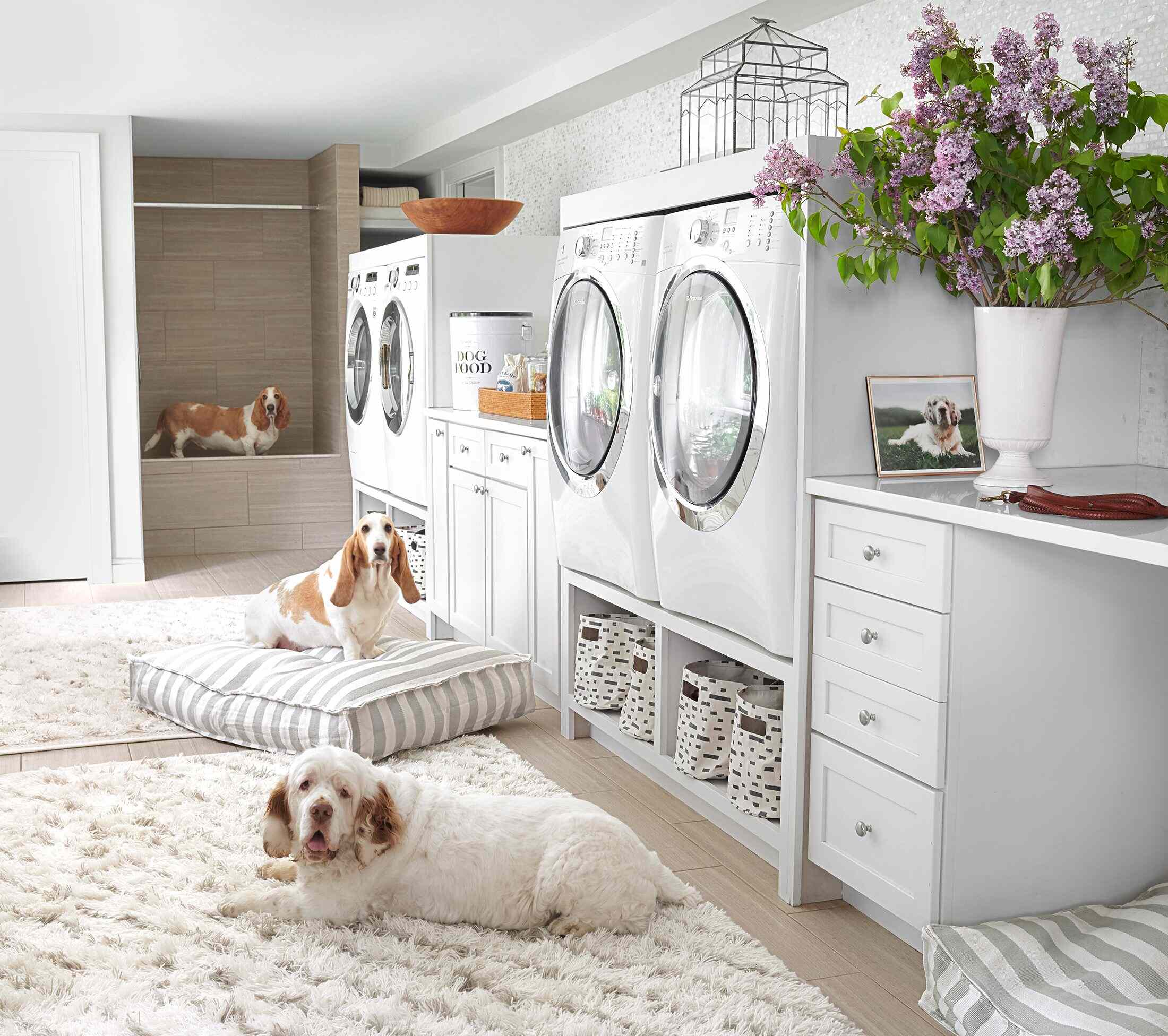
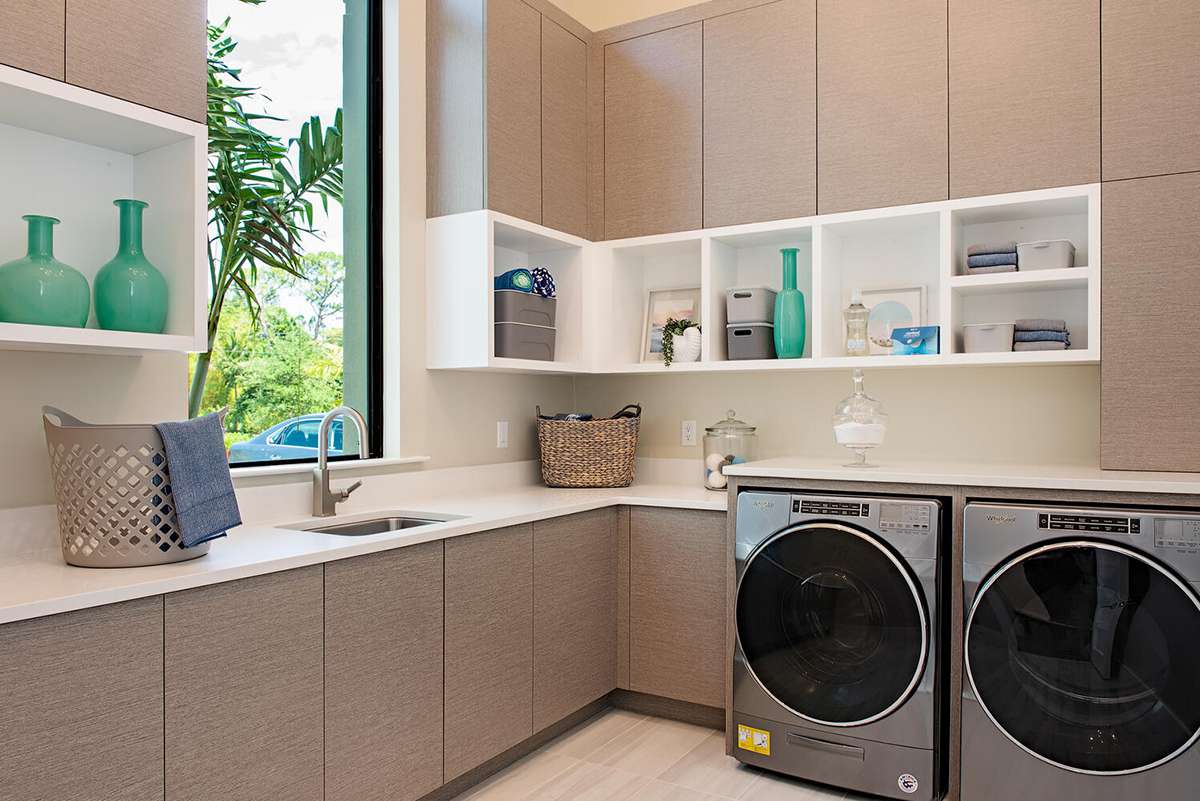
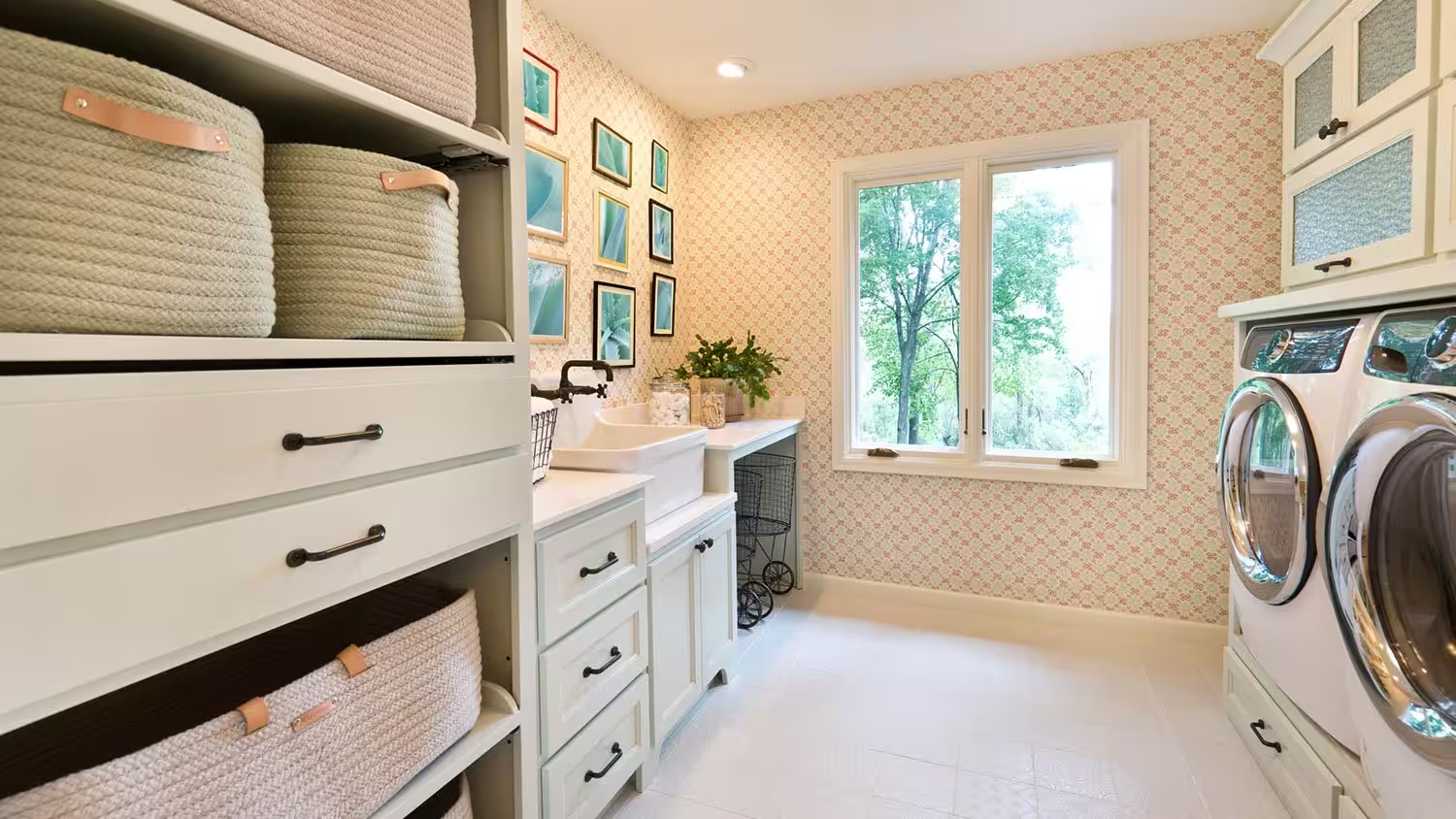
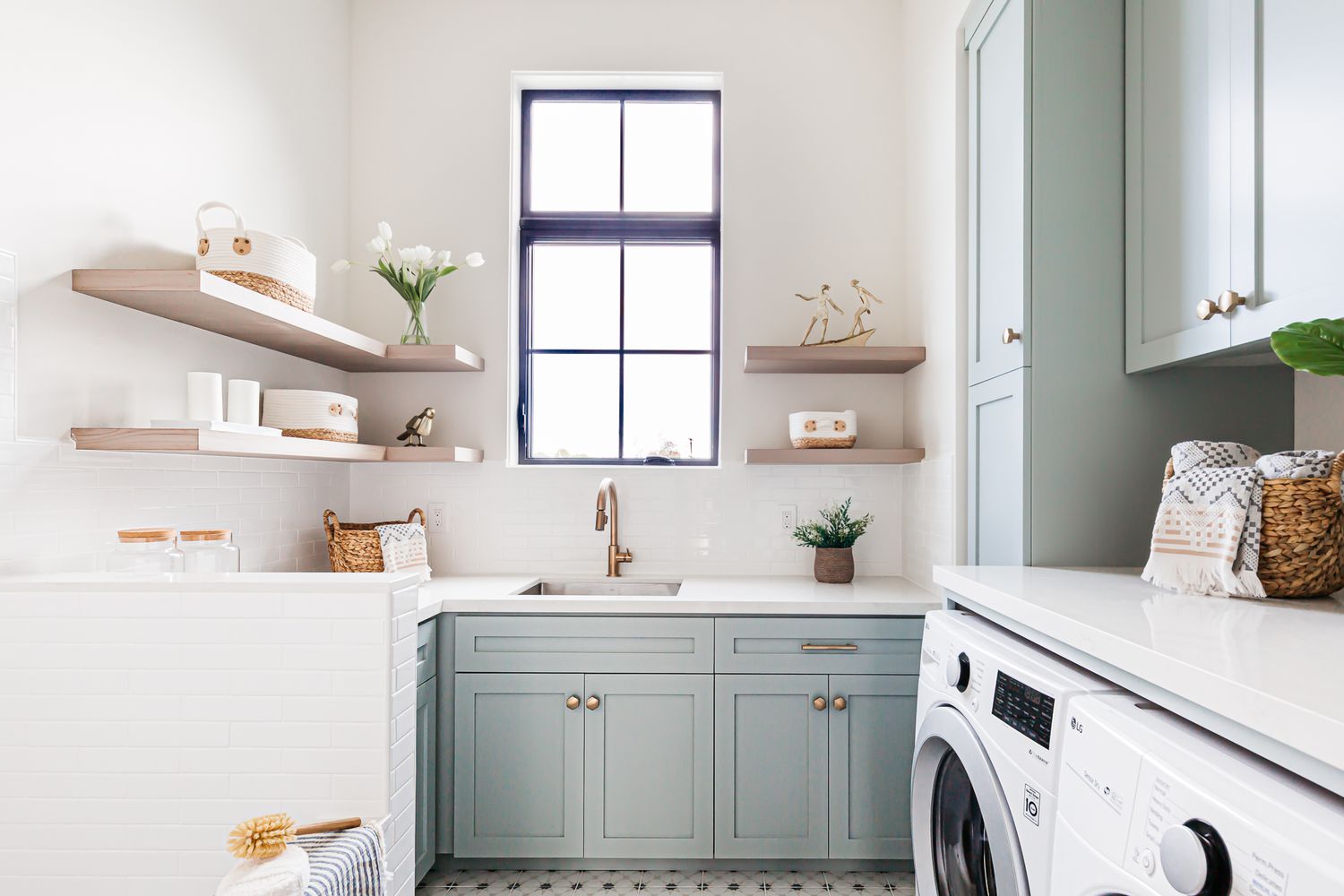
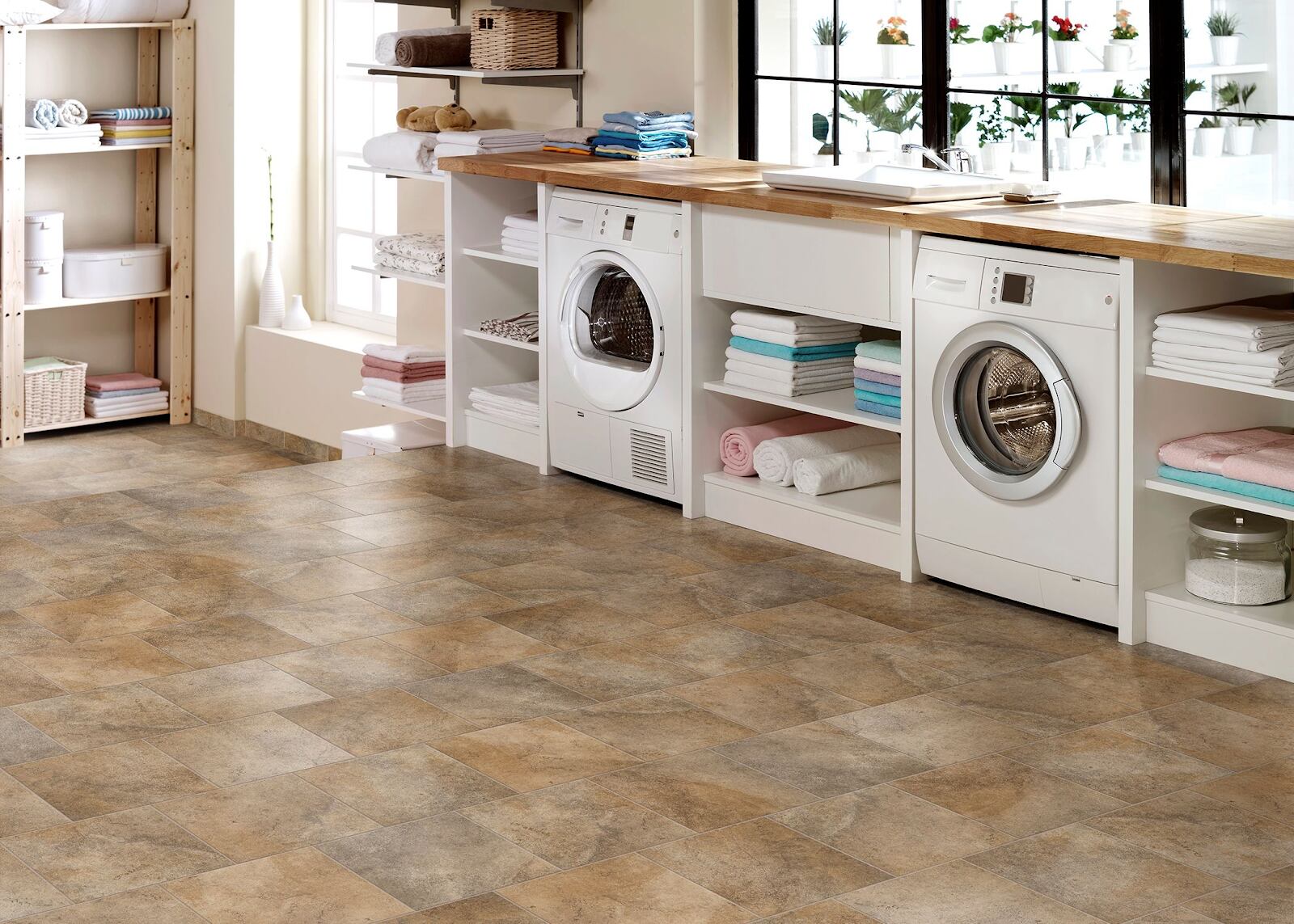

0 thoughts on “How To Organize Hangers In Laundry Room”